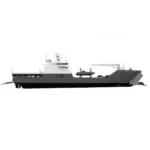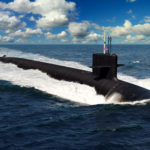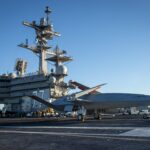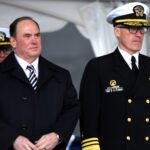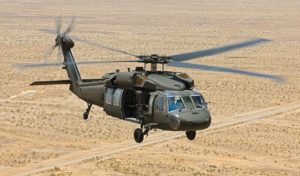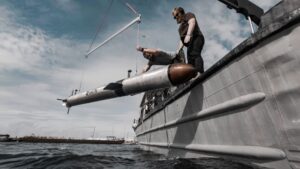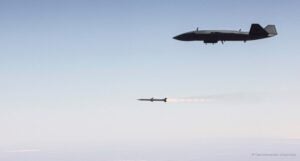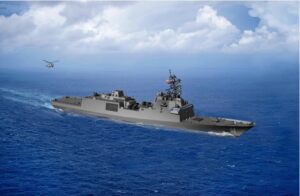
The sponsor of a provision in the House Armed Services Committee’s (HASC) draft of the fiscal year 2025 defense authorization bill said the panel is seeking 100 percent design before lead ship construction due to frustration with some Navy decisions and bureaucracy. “This really, I think, is the result of the continued frustration that I think the subcommittee and our professional staff and members have had in terms of seeing programs that were not ready for primetime getting into actual…

 By
By 